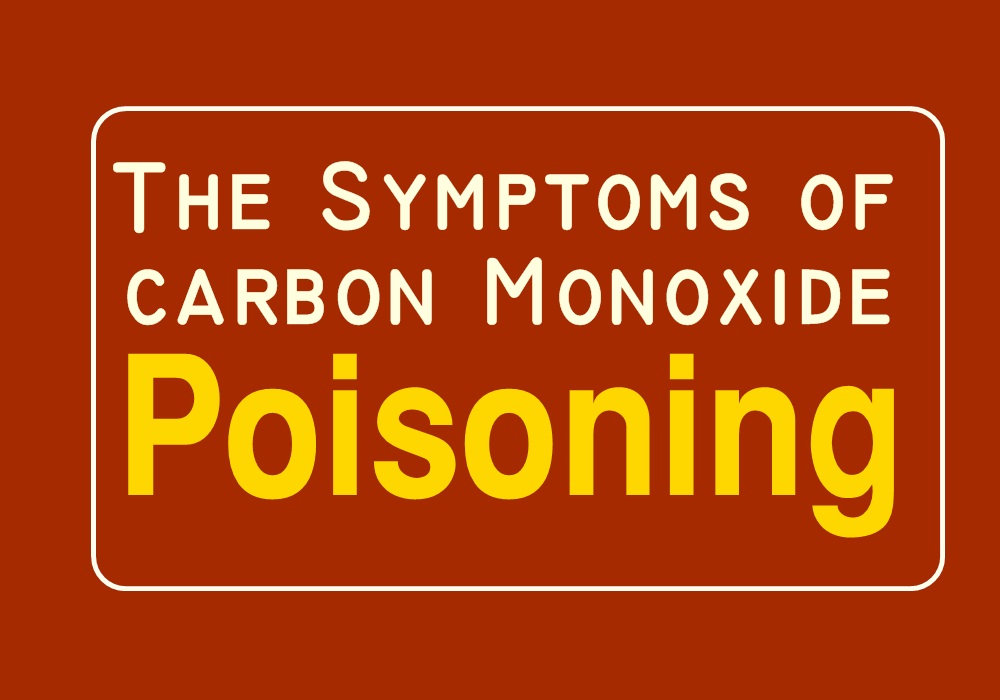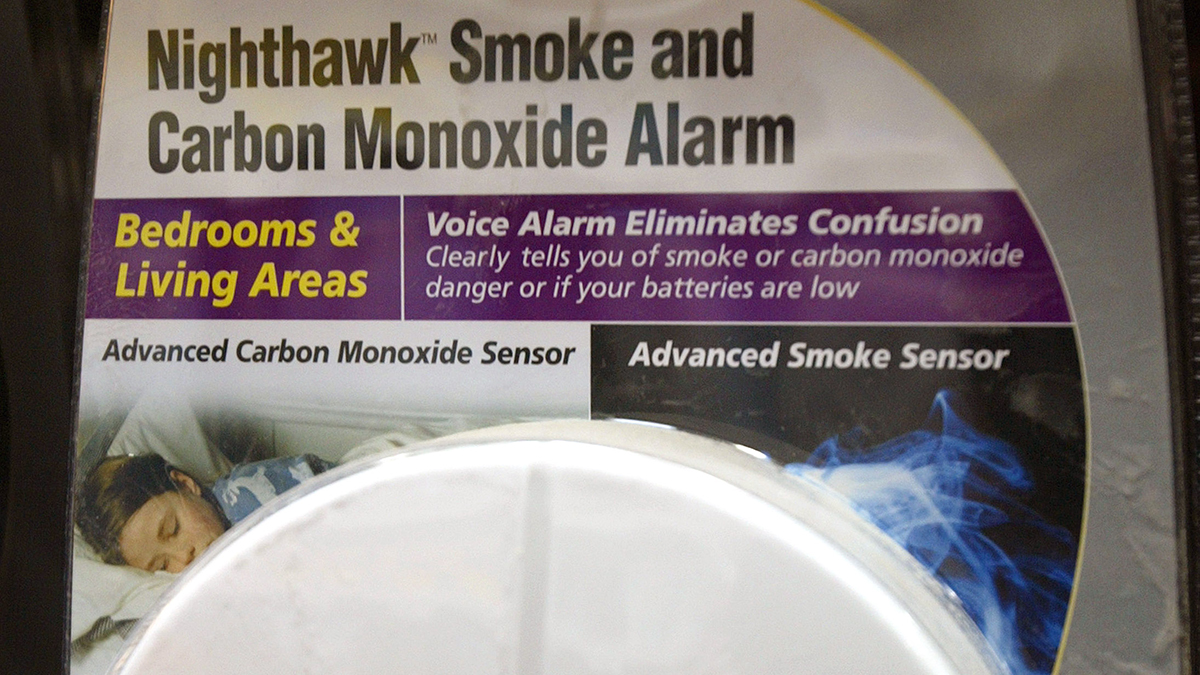

- Carbon monoxide poisoning symptoms in babies how to#
- Carbon monoxide poisoning symptoms in babies free#
Through use of a carbon monoxide detector. So, how can you tell the difference between a normal headache or feeling tired and carbon monoxide poisoning? Children and pets are often the first to feel the effects of carbon monoxide poisoning. Now, if you’re anything like me, when you feel like that, you want to go lay down for a bit, but with carbon monoxide, that’s the worst thing you could do, because further exposure can lead to convulsions, unconsciousness and death. The early symptoms include headache, nausea and fatigue. The symptoms of carbon monoxide poisoning are a bit tricky because they start mildly and can easily be mistaken for something like the flu.
Carbon monoxide poisoning symptoms in babies how to#
The same insulation that keeps the cold out can trap carbon monoxide inside, so it’s more important now than ever to be vigilant in making sure that you and family know the signs of carbon monoxide poisoning and how to prevent it. Modern house construction is actually more prone to carbon monoxide problems than older houses, because modern homes are more airtight. When working properly, all of these items are safe, but something could go wrong without you knowing and you could end up with a deadly carbon monoxide leak. There are a lot of potential sources of carbon monoxide, but the most common to find around the house are things like your furnace, hot water heater, fireplace, gas stoves or space heaters. Susan Helms, the Director of Safe Kids at Le Bonheur Children’s Hospital, offers parents practical information to help avoid potentially fatal carbon monoxide leaks. You can’t see it, taste it or smell it, but it can be very dangerous. Check the clothes dryer vent opening outside the house for lint.Carbon monoxide is a colorless, odorless gas.Check fireplaces for closed, blocked or bent flues, soot and debris.Stove tops or ovens that operate on flammable fuels should not be used to heat a residence. Barbecue grills should never be operated indoors.Refuel outside, after the device has cooled. Open a window slightly whenever using a kerosene heater. Be sure space heaters that use a flammable fuel such as kerosene are vented properly.Pilot lights can be a source of CO because the by-products of combustion are released inside the home rather than vented to the outside. Check appliances such as water heaters, clothes dryers, kitchen ranges and ovens, wood burning stoves and gas refrigerators.Check all venting systems to the outside such as flues and chimneys for cracks, corrosion, holes, debris or blockages.Check furnace filters for dirt and blockages. Check connections to flue pipes and venting systems to outside of the home for signs of corrosion, rust, gaps or holes. A forced-air furnace is frequently the source of leaks and should be inspected.NFPA 501, Standard on Recreational Vehicles, requires the installation of a CO detector in RVs. Using fossil fuels inside these structures is extremely dangerous. When camping, remember to use battery powered heaters and flashlights in tents, trailers and motor homes. Normal circulation does not provide enough fresh air to reliably prevent dangerous accumulations inside.

CO from a running vehicle inside an attached garage can get inside the house, even with the garage doors open. Do not run a vehicle or other fueled engine or motor indoors, even if the garage doors are open. If you need to warm up a vehicle, remove it from the garage immediately after starting the ignition. Have a home evacuation plan for any home emergency and practice the plan with all members of the household. Know the difference between the sound of the smoke detectors and the sound of the carbon monoxide detector. Smoke detectors give an earlier warning of a fire, providing more time to escape. Smoke detectors react to fire by-products, before CO detectors would alarm. Individuals with greater oxygen requirements such as unborn babies, infants, children or people with respiratory or coronary problems are at a greater risk for carbon monoxide poisoning.Ĭarbon Monoxide detectors are not substitutes for smoke detectors. Exposure to low levels over time can make you sick.
Carbon monoxide poisoning symptoms in babies free#
If a home is vented properly and is free from appliance malfunctions, air pressure fluctuations or airway blockages, the carbon monoxide will most likely be safely vented to the outside. Since you can not see, taste or smell it, carbon monoxide can kill you before you know it's there. automobile fumes that enter a home through walls or doorways (if a car is left running in an attached garage).It's a common by-product of incomplete combustion, produced when oil, gas or coal burns. Source: First Alert®, BRK Brands, National Fire Protection AssociationĬarbon Monoxide (CO) is a colorless, odorless deadly gas.


 0 kommentar(er)
0 kommentar(er)
